In Dungeons & Dragons, the Druid class is capable of casting powerful spells that utilize the power of nature. In addition to its impressive spellcasting capabilities, one of the most iconic elements of the Druid class is Wild Shape.
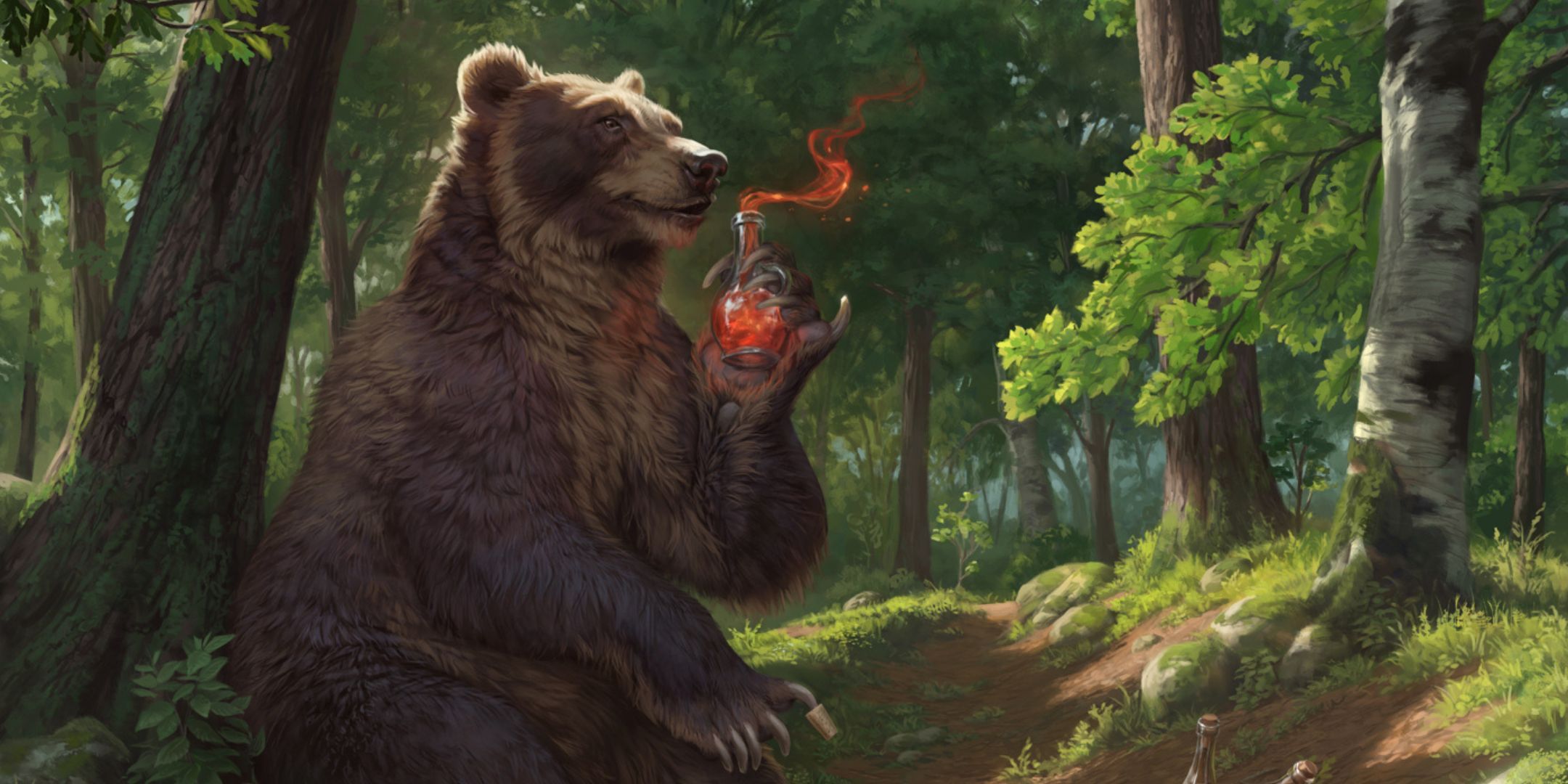
Related
Dungeons & Dragons: Best Druid Wild Shapes, Ranked
Wild Druid shapes make the Dungeons & Dragon class extremely versatile, and here are our favorites to make use of in the heat of combat.
Available to all Druids as early as level two, Wild Shape allows a druid to assume the form of an animal, gaining benefits based on the animal a Druid chooses to transform into. While this ability is incredibly versatile, benefiting a Druid both in and out of combat, it is among the most complex class features in the game. So we’re going to explore everything you need to know about Wild Shape.
Updated on February 16, 2025, by Alfredo Robelo: No matter your subclass, understanding the Wild Shape mechanic continues to be key for all druids in Dungeons & Dragons. We’ve updated this article to include how the mechanic changed in the 2024 edition of the fifth edition rules.
What Is Wild Shape
Wild Shape is a multifarious and flexible feature that can be used as an action up to two times per long rest, allowing a druid to assume the form of an animal for up to a number of hours equal to half the druid’s level. By default, the types of animals that a Druid can become are based on their level.
Druids can assume the forms of animals with the following challenge ratings and features based on their levels seen below:
|
Level 2+ |
Beasts with a CR no greater than 1/4 that lack flying and swimming speeds. |
|---|---|
|
Level 4+ |
Beasts with a CR no greater than 1/2 that lack a flying speed. |
|
Level 8+ |
Any beast with a CR no greater than 1. |
Despite taking on an animal form, it’s important to note that while transformed the Druid retains their mind. This means that not only do they retain their Intelligence, Wisdom, and Charisma ability scores, but they also retain their skill and saving throw proficiencies, even gaining any additional proficiencies that a given beast form may provide.
Additionally, while Druids are primarily spellcasters, Druids are incapable of casting spells whilst in their animal forms as they lack the means of using verbal and somatic components. However, it’s important to note that Druids are still capable of concentrating on spells while transformed.
This is key as many of the Druid class’s most powerful spells require concentration. This means that if a concentration spell is cast, it can still be used to great effect if a druid activates Wild Shape during their following turn.
Perhaps the most important aspect of Wild Shape is that regardless of a Druid’s current HP, upon transforming into a beast, a Druid’s HP becomes that of the beast.
Once the beast form’s HP is reduced to zero or if the Wild Shape is ended prematurely as an action, the Druid’s HP returns to its total prior to Wild Shape being activated. If this reversion is caused by damage, any remaining damage is dealt to the Druid’s original HP.
This effectively allows Druids to provide themselves with a substantial pool of additional HP through the use of Wild Shape.
Wild Shape Changes In The 2024 Players Handbook
If you’re using a Druid with the 2024 rules, then several aspects of the Wild Shape mechanic will change for you. The good changes include being able to speak while Wild Shaped, being able to use the mechanic as a bonus action without being a Druid of the Moon, and being able to choose beasts with swimming speed as early as level two.
You also no longer need to have seen the beast you want to transform into, but you are limited to only four forms that you must have prepared in advance. These forms can be changed after a long rest, with the limit increasing to six at Druid level four, and eight at Druid level eight.
The main change that shifts how you see your Wild Shape options is the temporary hit points: your health no longer becomes that of the beast, but instead you gain temporary hit points equal to your Druid level. Losing these hit points doesn’t kick you out of the form, but you’ll still be far more vulnerable when transforming when compared to 2014 Druids; it also means that you can turn into a rat without fearing some tiny damage ruining your plans, though.
Circle Of The Moon Druids In 2024
These changes affect Circle of the Moon Druids more than any other kind, but they have had some other changes to compensate. The temporary hit points, for starters, equal three times the Druid level, making them a far more reliable frontline even if they don’t have as much health as they used to.
Circle of the Moon druids no longer heal by consuming spell slots, instead being able to cast Cure Wounds even when Wild Shaped.
They can also now cast certain spells when transformed, giving real use to the Druid’s spell slots even when Wild Shaped. While you can see the list of spells below, some notable standouts are being able to summon reinforcements with Conjure Animals while tanking as a bear, or surprising enemies by casting Moonbeam while being an unassuming cat.
|
Level 3 |
Cure Wounds, Moonbeam, Starry Wisp |
|---|---|
|
Level 5 |
Conjure Animals |
|
Level 7 |
Fount of Moonlight |
|
Level 9 |
Mass Cure Wounds |
Wild Shape And Class Features
One stellar benefit of Wild Shape is that a Druid within an animal form is still capable of accessing their class features. Not only does this allow Druids to utilize many of their impressive subclass features, it substantially enables Druid multiclass builds.
For example, while under the effects of Wild Shape, a Druid/Fighter multiclass could still active their Action Surge, a Druid/Barbarian multiclass could still activate their Rage, and a Druid/Rogue multiclass could still access Cunning Action.
How To Get The Most Out Of Wild Shape
First and foremost, it’s important to know that for most Druids, Wild Shape is a defensive utility option rather than an offensive one.
As the majority of Druids are incapable of assuming the form of a beast with a challenge rating higher than one, they will get substantially more damage through casting their spells rather than biting or clawing with their beast forms.
However, as previously mentioned, a Druid assuming a bestial form with Wild Shape can still concentrate on their spells. Additionally, a Druid is temporarily able to use that beast’s HP rather than their own.
This means that a Druid can cast a concentration spell, then gain additional HP and mobility through the use of an animal form, allowing Druids to function as some of the most durable spellcasters in D&D.
Furthermore, outside of combat, as Wild Shape allows Druids to assume animal forms for several hours, it’s a perfect option for an unassuming disguise as well as an easy means of providing reconnaissance once flying forms are accessible.
Here are some suggested beast shapes a Druid can transform into, organized by their challenge rating (CR):
|
CR |
Beast |
Fly/Swim |
|---|---|---|
|
0 |
Rat |
|
|
0 |
Owl |
Fly |
|
0 |
Cat |
|
|
0 |
Crab |
Swim |
|
1/4 |
Giant Owl |
Fly |
|
1/4 |
Wolf |
|
|
1/4 |
Elk |
|
|
1/4 |
Giant Frog |
Swim |
|
1/2 |
Crocodile |
Swim |
|
1/2 |
Reef Shark |
Swim |
|
1/2 |
Ape |
|
|
1/2 |
Giant Wasp |
Fly |
|
1 |
Brown Bear |
|
|
1 |
Giant Eagle |
Fly |
|
1 |
Giant Spider |
|
|
1 |
Giant Toad |
Swim |
|
1 |
Dire Wolf |
|
|
1 |
Giant Octopus |
Swim |
Circle Of The Moon Druid
By and large, the easiest way for a Druid to improve their Wild Shape is to choose the Circle of the Moon subclass at level two. Unlike other Druid subclass options that prioritize the class’s magical capabilities, Circle of the Moon Druids are built around improving their Wild Shape feature.
While most other Druids can Wild Shape into beasts of CR one or less, a Circle of the Moon Druid substantially raises the ceiling on potential animal transformations. Not only can these druids access CR one animal forms at level two, but their CR cap for potential animal transformations also increases as they gain levels.
Here are the challenge ratings of beasts that Circle of the Moon Druids can wild shape based on their level:
|
Levels 2-5 |
CR 1 |
|---|---|
|
Levels 6-8 |
CR 2 |
|
Levels 9-11 |
CR 3 |
|
Levels 12-14 |
CR 4 |
|
Levels 15-17 |
CR 5 |
|
Levels 18-20 |
CR 6 |
As previously mentioned, it’s usually optimal for Druids to utilize animal forms for defensive purposes. While these higher CR animal forms provide yet even more additional HP for a Druid, some of these forms can pose a damaging threat, allowing Circle of the Moon Druids to use this feature offensively.
Here are some suggested beast shapes a Circle of the Moon Druid can transform into at higher levels:
|
CR |
Beast |
Fly/Swim |
|---|---|---|
|
2 |
Polar Bear |
Swim |
|
2 |
Saber-Toothed Tiger |
|
|
2 |
Giant Constrictor Snake |
Swim |
|
2 |
Quetzalcoatlus |
Fly |
|
3 |
Giant Scorpion |
|
|
3 |
Ankylosaurus |
|
|
3 |
Killer Whale |
Swim |
|
4 |
Elephant |
|
|
4 |
Giant Walrus |
Swim |
|
5 |
Giant Shark |
Swim |
|
5 |
Triceratops |
|
|
6 |
Mammoth |

Next
Dungeons & Dragons: How To Level Up Your Bastion
Leveling up your bastion in Dungeons & Dragons can be a rewarding, yet complex process. Here’s everything you need to know.
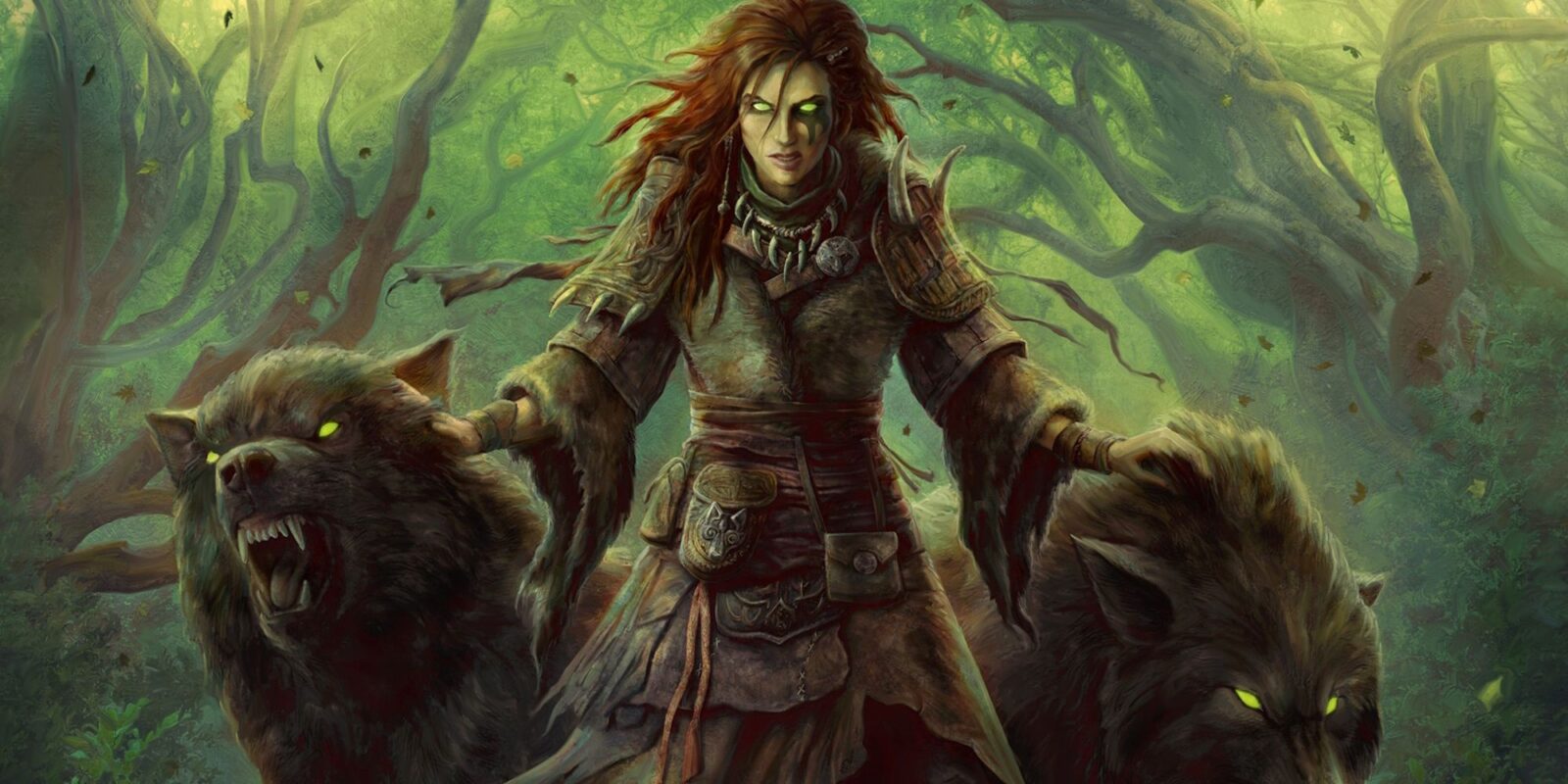


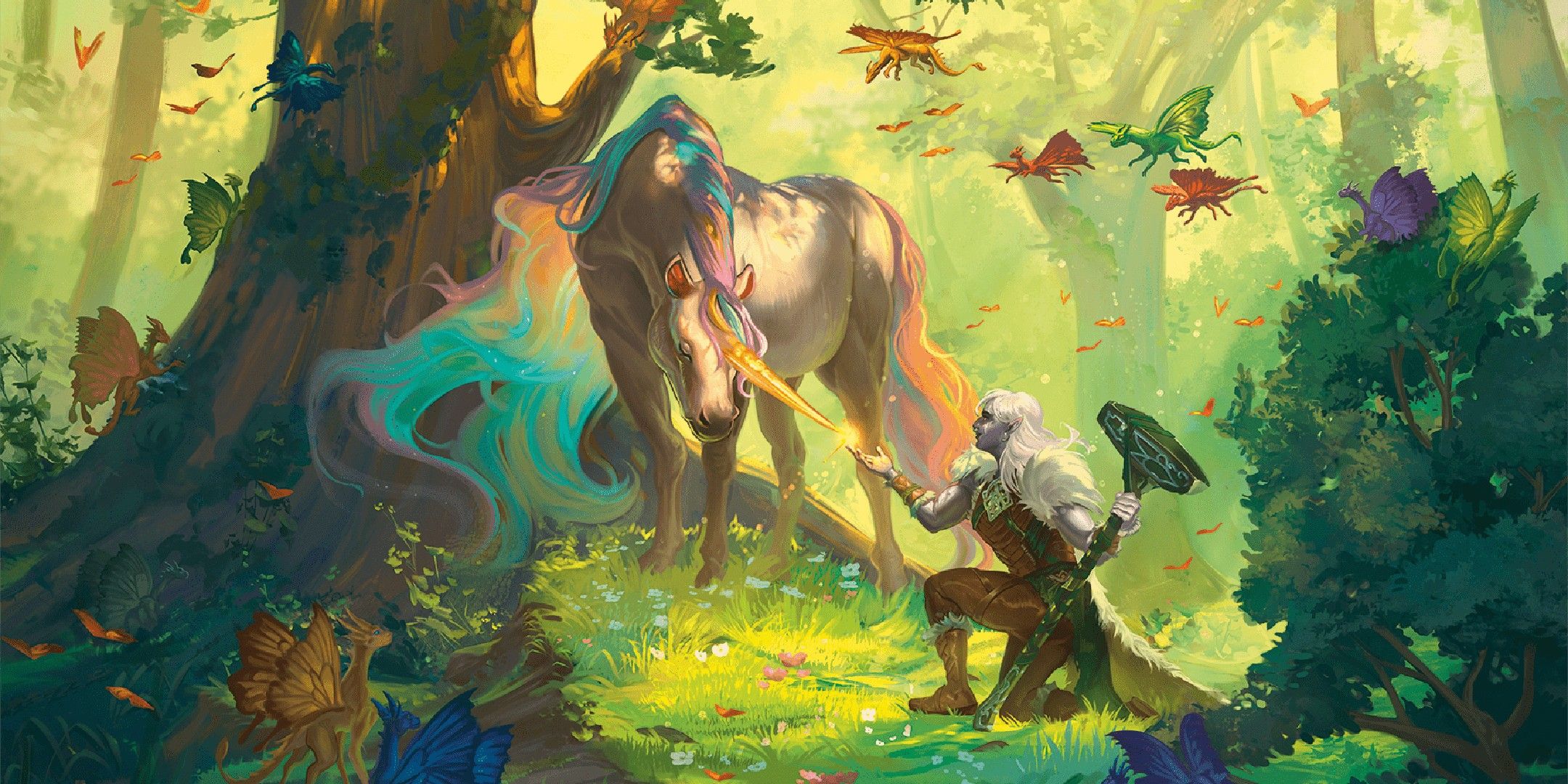
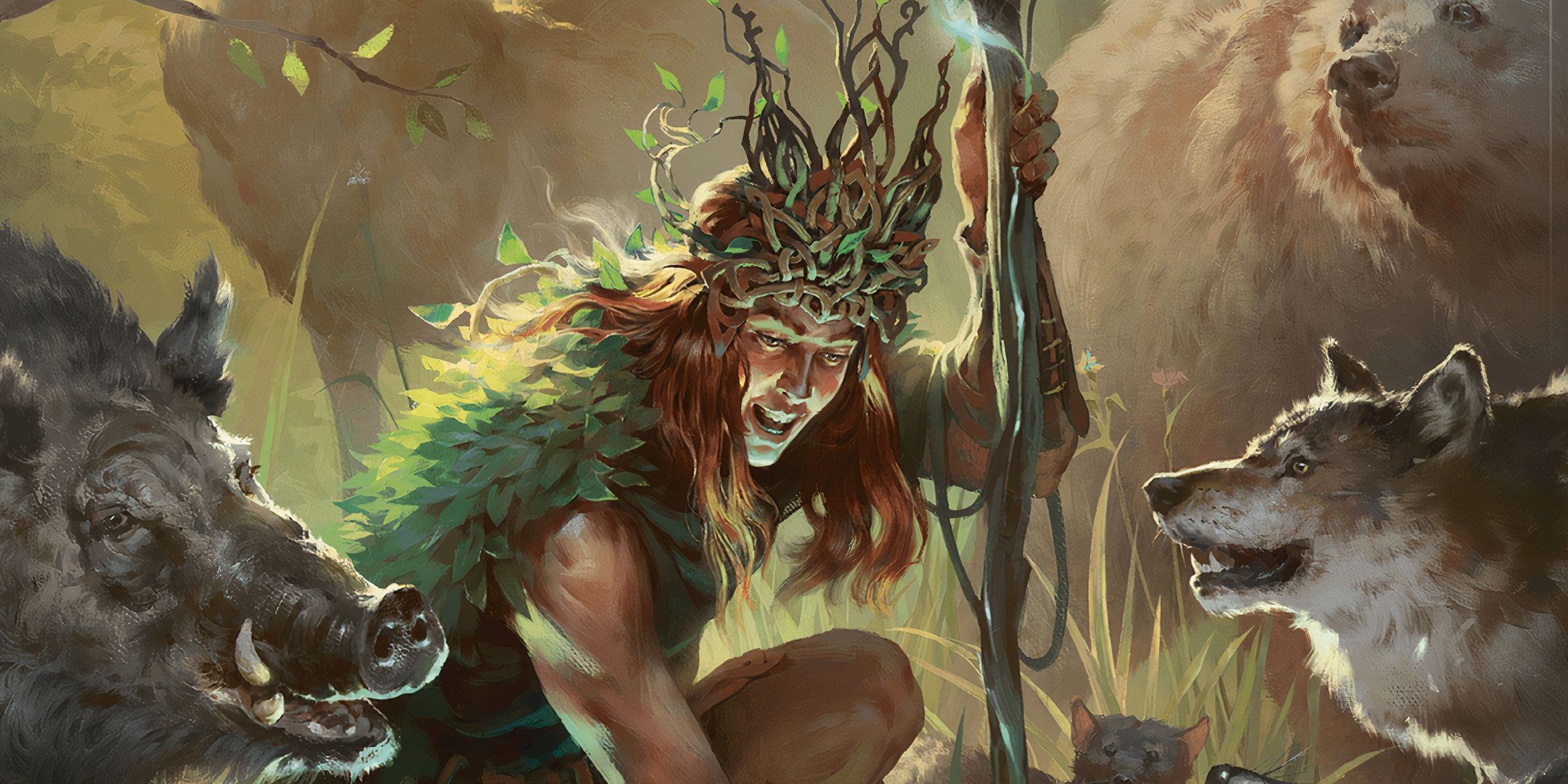
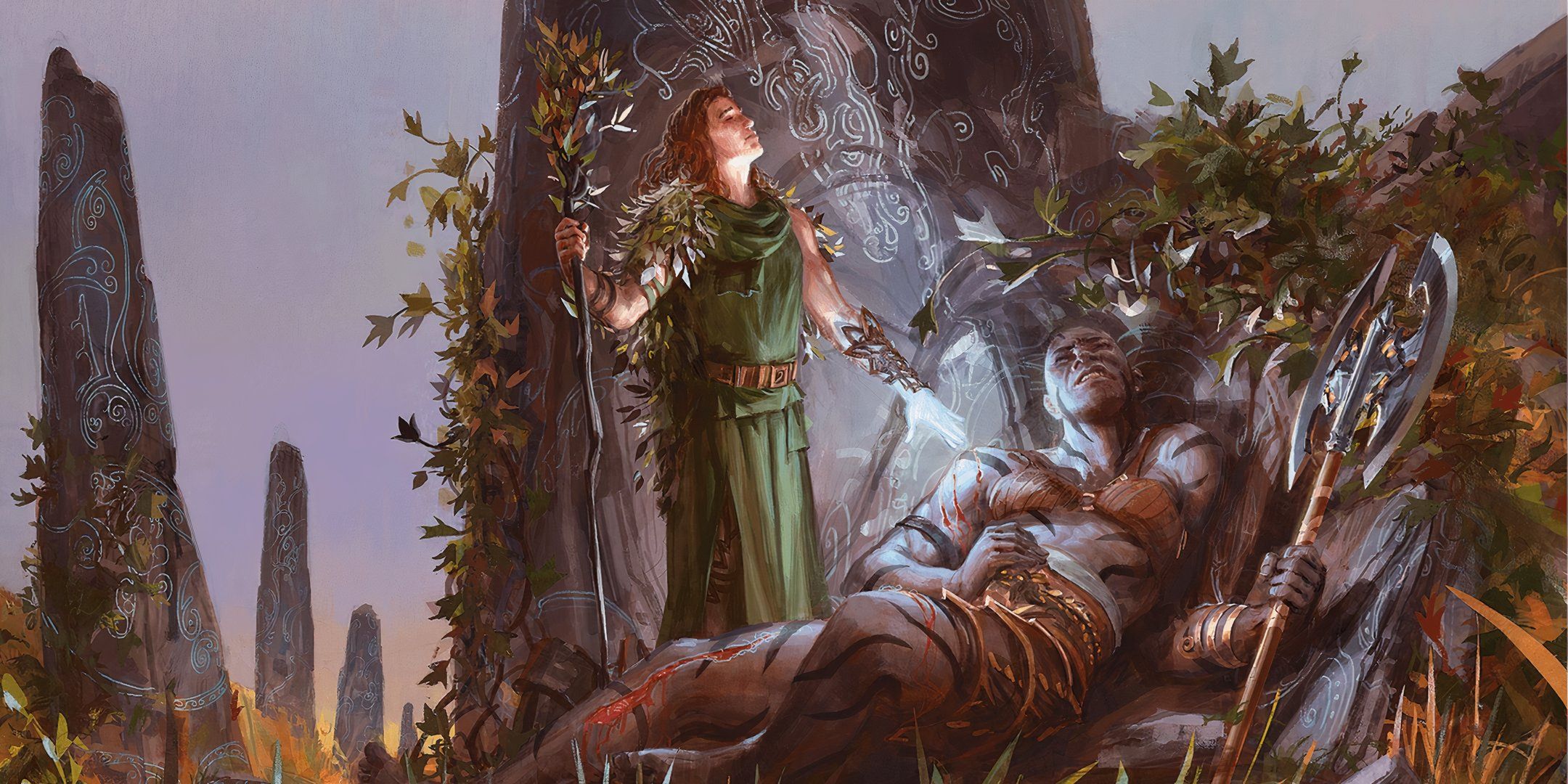
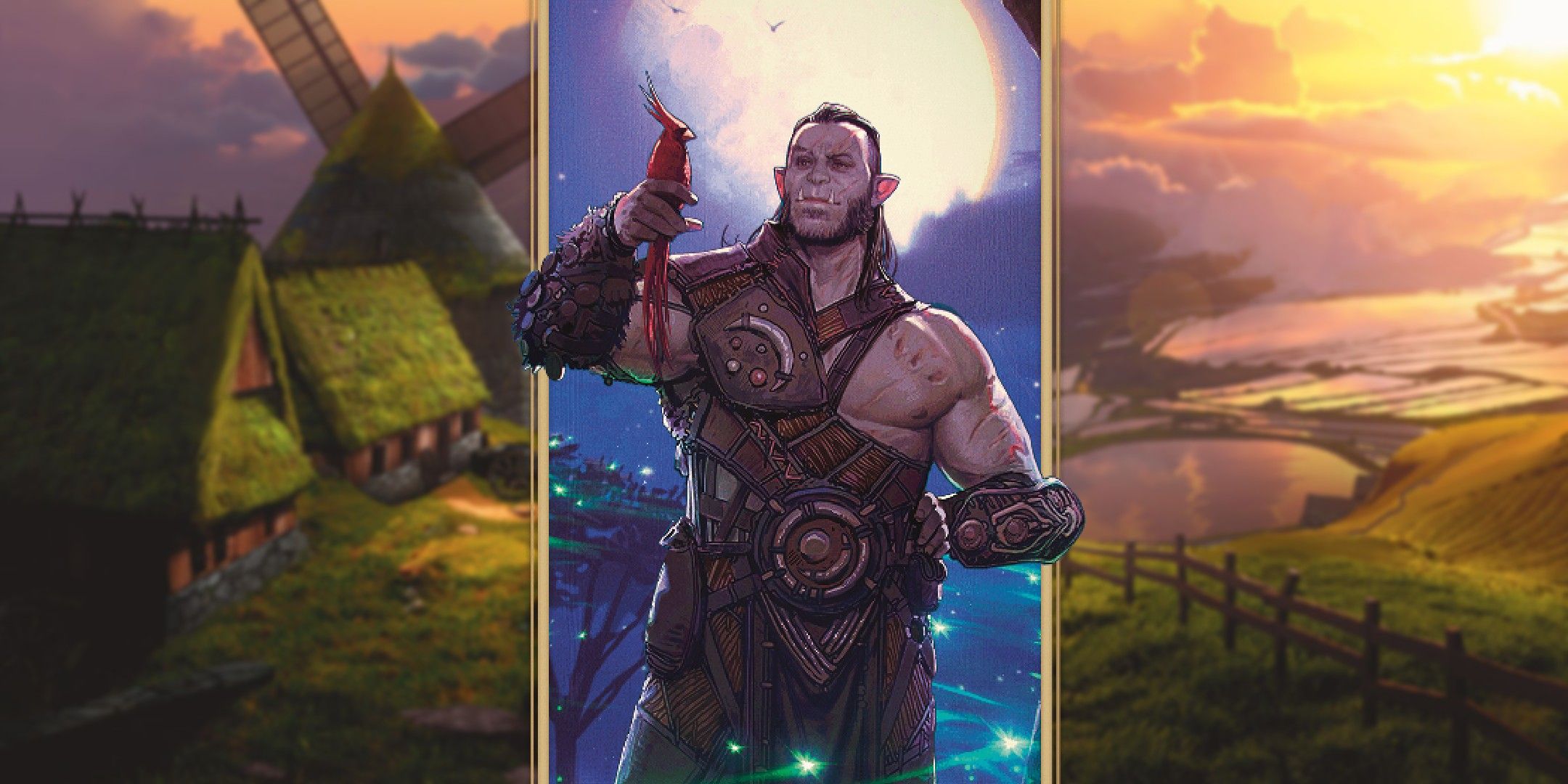




![Dungeons and Dragons Cover Confirms New Monsters [EXCLUSIVE]](https://esportvoice.com/wp-content/uploads/2025/02/Dungeons-and-Dragons-Cover-Confirms-New-Monsters-EXCLUSIVE-370x250.jpg)
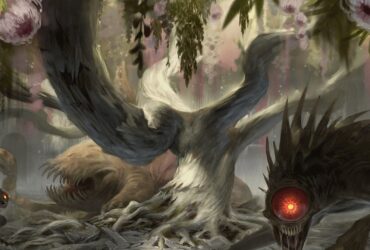

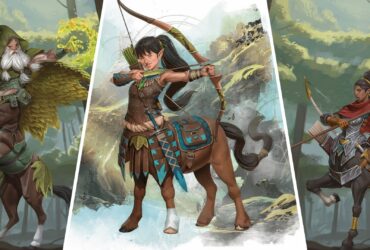

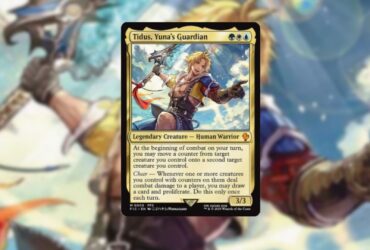
Leave a Reply